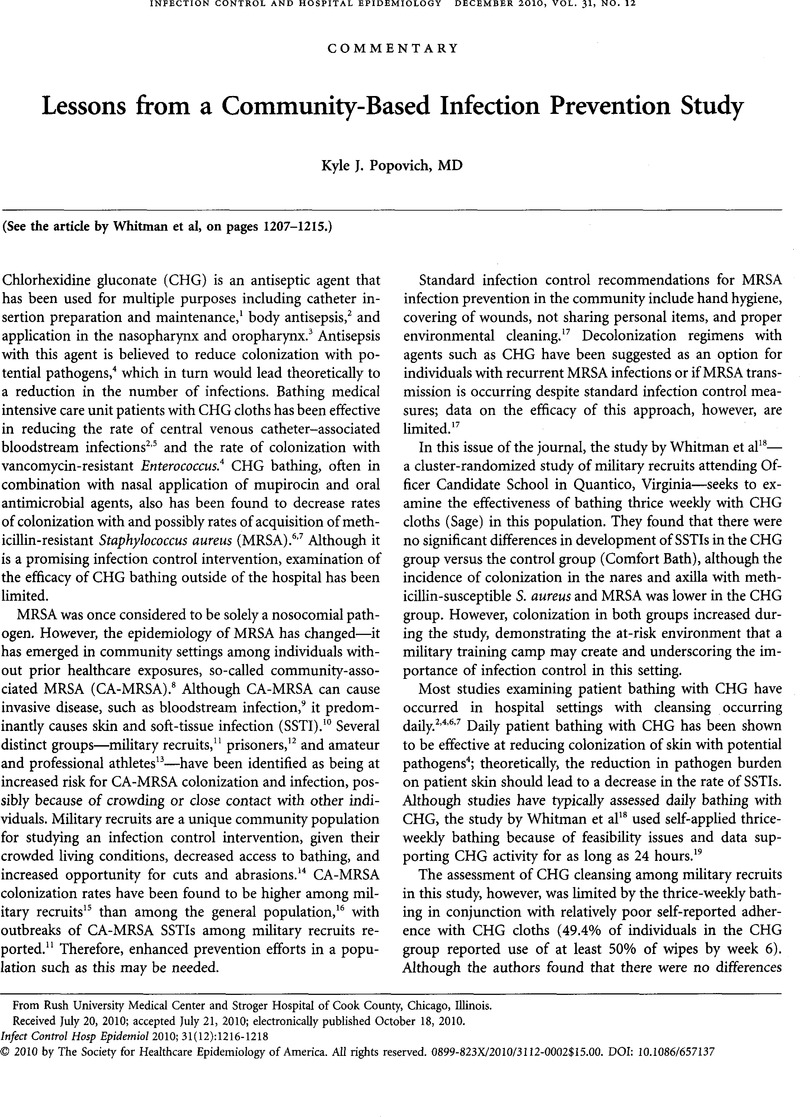Crossref Citations
This article has been cited by the following publications. This list is generated based on data provided by Crossref.
Buller, Megan
and
Popovich, Kyle J.
2018.
Infection Prevention.
p.
277.
Popovich, Kyle J
2020.
Intersection of Hiv and community-associated methicillin-resistant
Staphylococcus aureus
.
Future Virology,
Vol. 15,
Issue. 1,
p.
53.
Buller, Megan
and
Popovich, Kyle J.
2022.
Infection Prevention.
p.
319.



